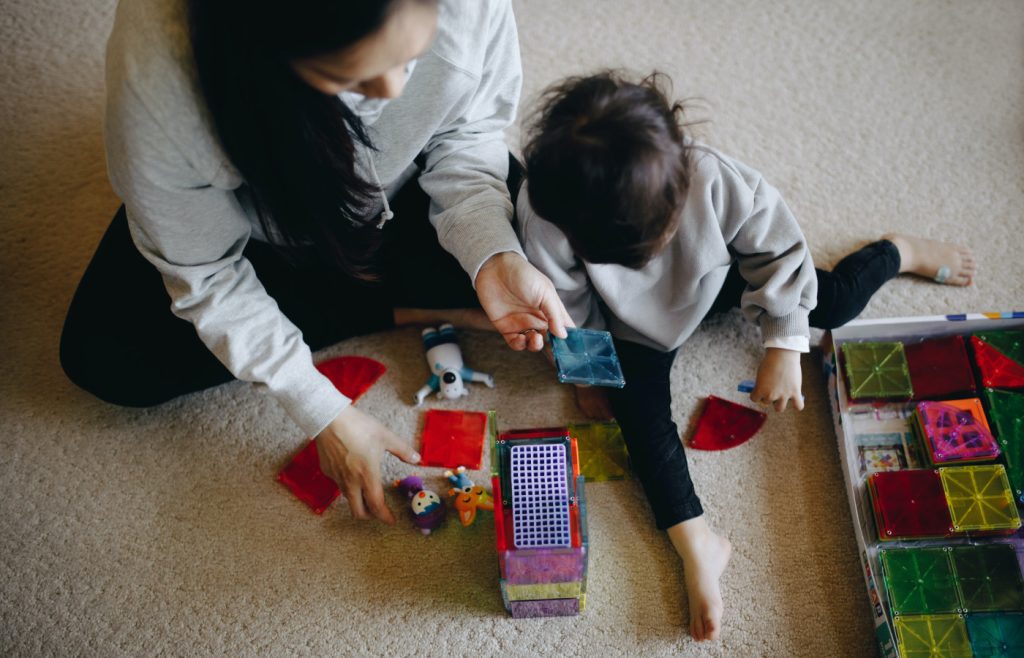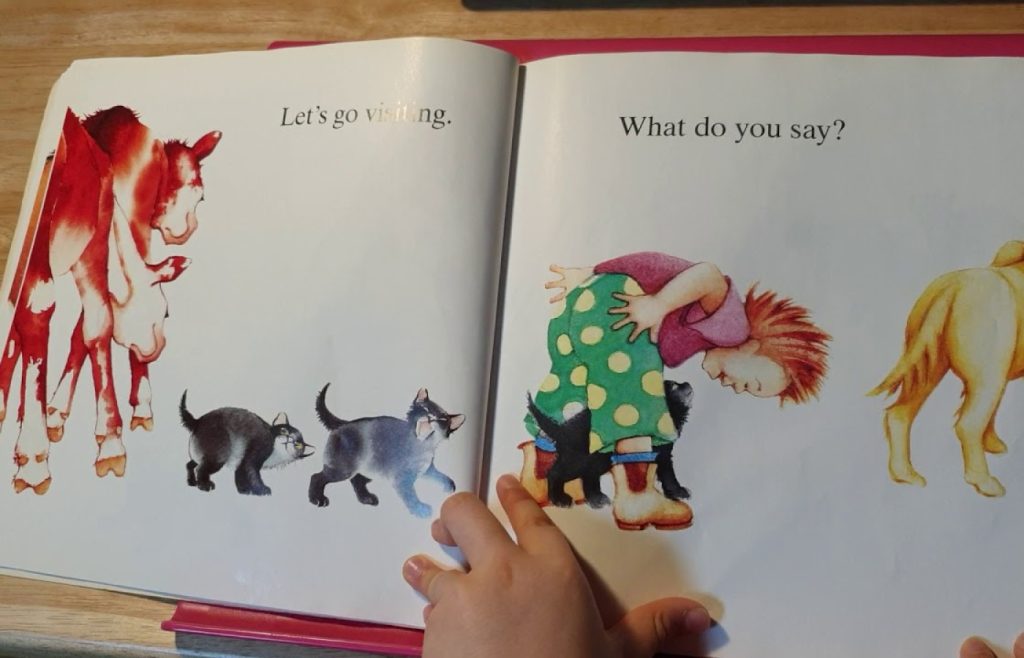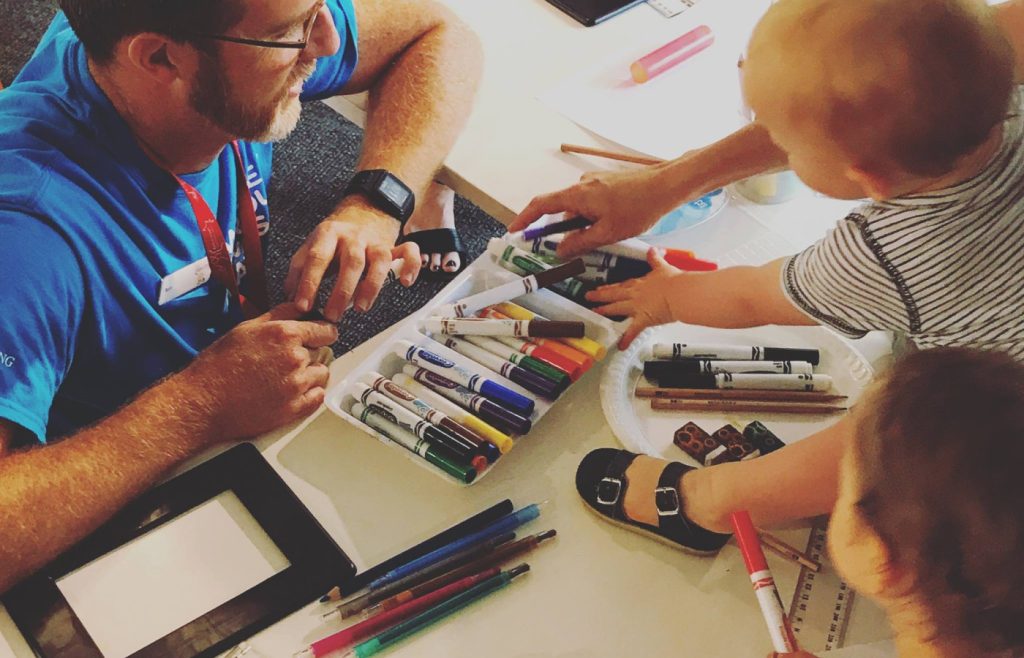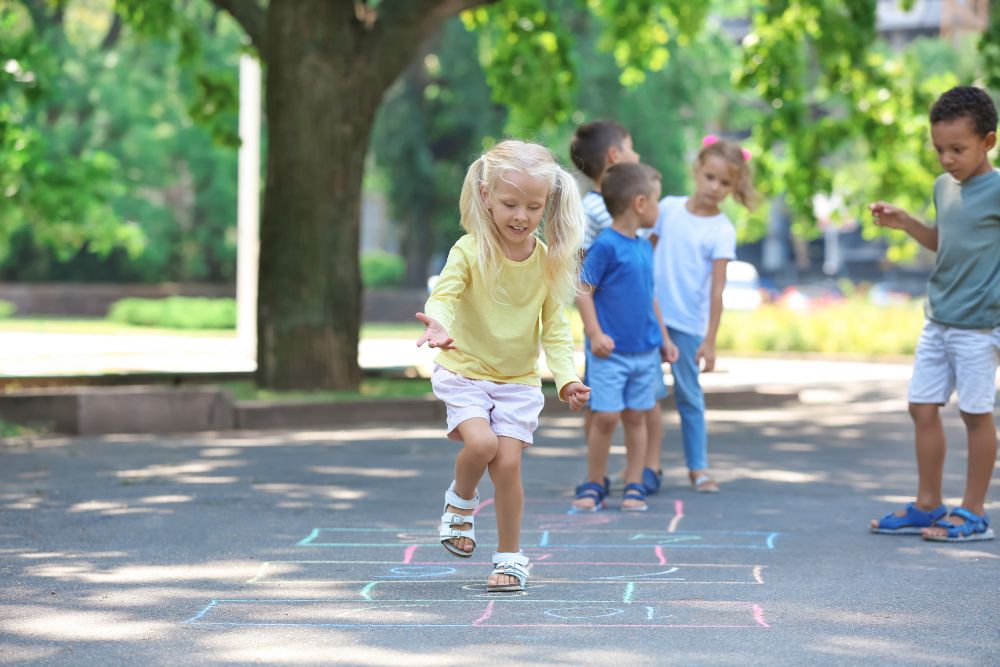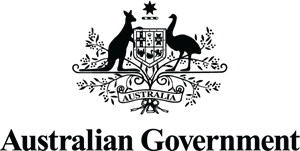Materials Required
- Book “Busy Beaks” by Sarah Allen or watch the story using the YouTube clip below
Method (or Ideas)
- Read the book “Busy Beaks” by Sarah Allen or watch it being read using the YouTube clip below.
- As you read, play with making the sounds of each bird.
- Encourage your child to count the birds they can see on the page.
- Throughout the story take opportunities to discuss the different habitats of the birds.
- Explore words such a plume, preen, roost and strut by asking your child what they think the word might mean and then discussing its meaning together.
- Emphasise onomatopoeia words such as splash by making sound effects
Facilitation Tips – What To Say
- How many birds can you see?
- I wonder what that bird sounds like
- Habitat
- Diet
- Native and introduced species
Extend the Experience
- Dance or move around like the birds of the story
- Investigate birds further by researching using other books, documentaries, the internet or observing birds in your environment.
- Draw or make birds using clay or play-dough
WHO Guidelines for Physical Activity & Sedentary Behaviour
You can include more physical activity into this experience by moving like the birds in the story.
Early Years Learning Framework
Outcomes
- Children engage with a range of texts and gain meaning from these texts
- Children interact verbally and non-verbally with others for a range of purposes
Principle
Principle 4: Respect for diversity. Children are born belonging to a culture, which is not only influenced by traditional practices, heritage and ancestral knowledge, but also by the experiences, values and beliefs of individual families and communities. Respecting diversity means within the curriculum valuing and reflecting the practices, values and beliefs of families.
Practice
Practice: Intentional teaching. Intentional teaching is deliberate, purposeful and thoughtful. They use strategies such as modelling and demonstrating, open questioning, speculating, explaining, engaging in shared thinking and problem solving to extend children’s thinking and learning.
